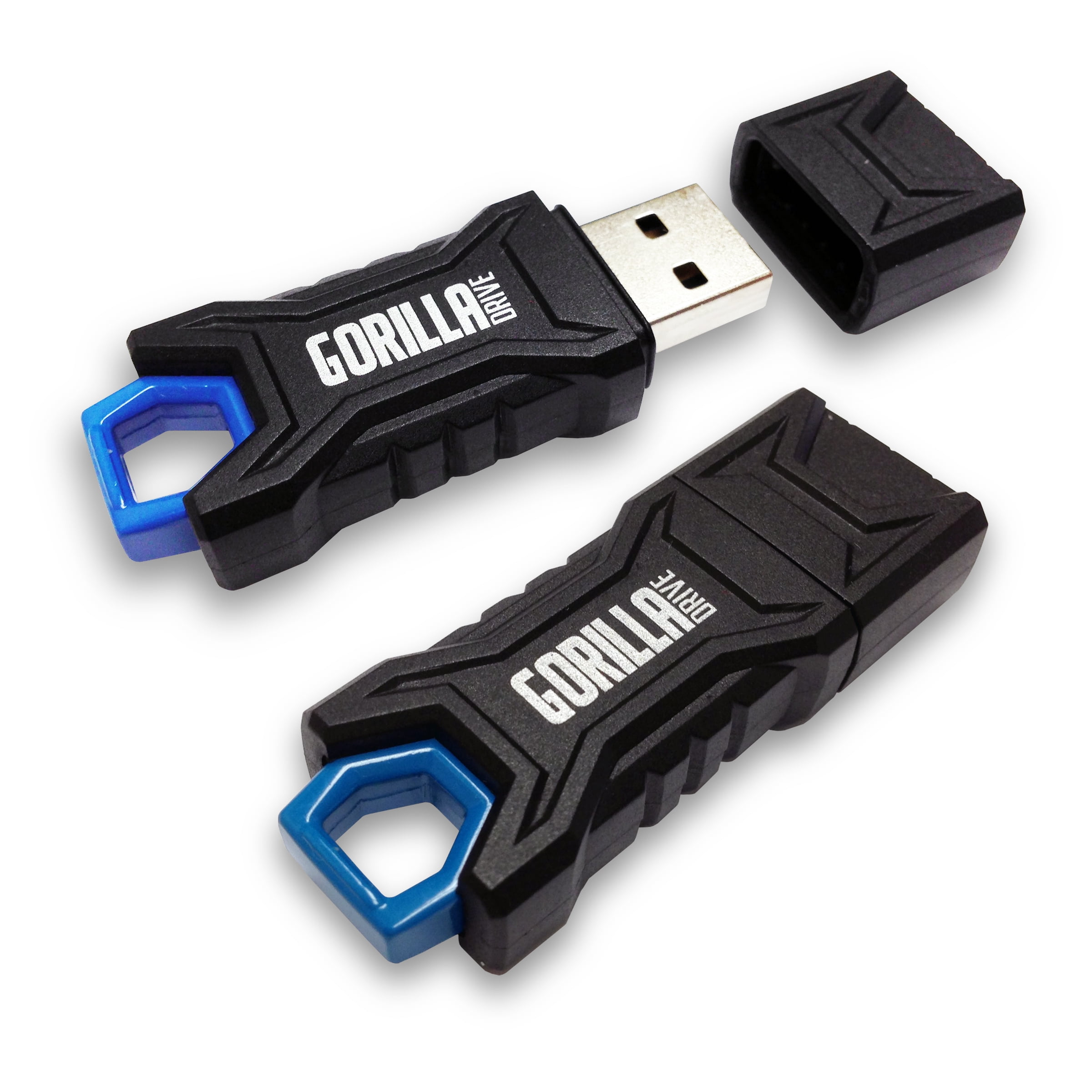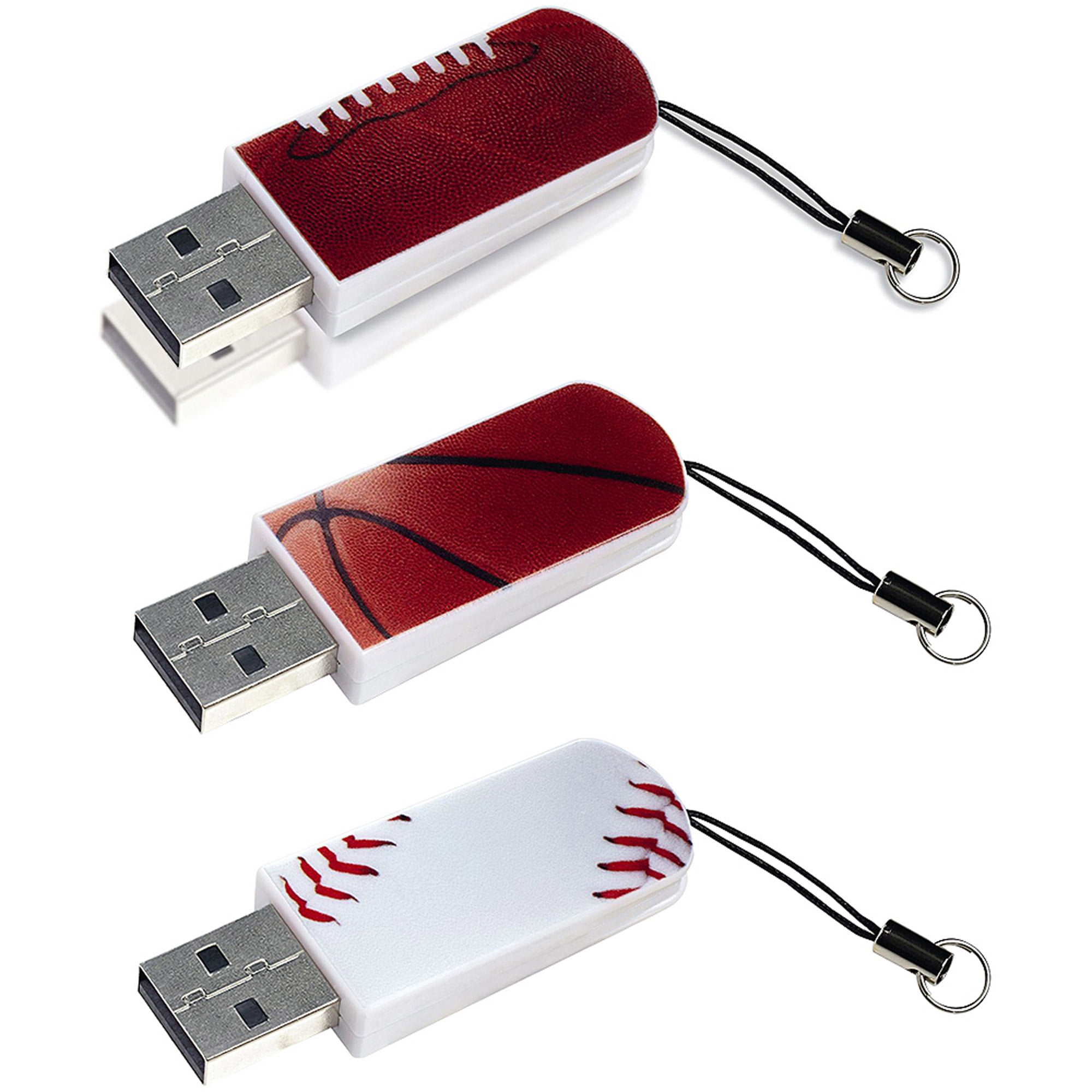


The top players in the industry have stopped making such low capacity USB flash drives due to the low demand.Ģ56 MB: The 256 MB USB flash drives, like the 128MB, are slowly phasing out. We will discuss the storage sizes down below.ġ28 MB: These are the lowest capacity USB flash drives that you can find today. Commonly the flash drive memory can range from 128MB to 2TB, based on its application scenario. But they all are made to standard storage sizes. Device manufacturers manufacture USB flash drives in different looks or designs. In this section, we will learn some types of USB flash drives that you may not hear of. Looking back to history, USB flash drive has developed varied application scenarios result from different needs. We attempt to find a balance between the two.ĭifferent Types of USB Flash Drives Based on the Usage Please note that they can be categorized according to their uses, or physical characteristics. Next, we will go over the different types of USB flash drives. Hence, the pen drives and flash drives of today are essentially the same. So there is no real distinction you can draw from them. All the flash drives and pen drives of today have the same function, the same internals, and the compact form factor. Nowadays, the difference in size is no more. They also ran on flash memory and had a USB interface to communicate with the computer. Due to their elongated size, they were given the name Pen Drives. Pen drives, on the other hand, were bulkier than flash drives and had more length to it. The connection takes place through the USB port that is on the hardware. Their sole purpose was to store information and transfer it between the connected computers. We will mainly talk about the difference in speed here.įlash drives were devices that ran on flash memory. But the price varies due to the storage capacity, brands, and many other factors. The biggest difference between them is the price and speed. To meet different needs, there are different types of USB flash drives based on the ports, respectively USB 2.0 flash drive, USB 3.0 flash drive, USB 3.1 flash drive, and 3.2 drive. The USB port is used to create the interaction between a flash drive with your computer. Difference Between a USB 2.0 and a 3.0 Flash Drive The data inside it will not disappear unless you remove them manually or something goes wrong with the memory stick. By plugging the pen drive into the computer USB port, the device can start writing, reading, transferring, saving, and storing data. A flash drive can be compatible across devices through the USB ports.

The Flash memory stick has no moving parts. So, how does a USB memory stick work on a computer? Even if there is no power source for a long time from the connected and powered-off computer, it can retain all the information without any harm and quality loss. It will transmit a memory command in the form of an electronic signal to the internal circuity. However, it can keep data stored inside it without a power supply. It has to resort to power to save, transfer, and put data onto it. Without a power source, it would be not possible for you to have access to the stored data.īy contrast, the USB flash drive is a non-volatile device. It means that the moving parts of the hard disk are reading your data. And often, you can hear a clicking sound when the computer is working. It writes and reads data using the moving parts only when the computer is on. For example, the computer hard disk drive takes advantage of volatile memory. Volatile memory is temporary data storage. There are 2 types of memory being designed to save and store data on different devices, respectively volatile and non-volatile.
Usb flash drive serial#
Thanks to their universal serial bus (USB) port compatibility. Whatever the name, they all share one important characteristic, they can be hooked up to any computer. That is why some people know them as pen drives, while others prefer to call them "thumb drives". These storage devices have been designed to be smaller than a typical storage disk, with some being the size of a thumb. USB flash drive also called a thumb drive, jump drive, pen drive and USB memory stick is a device that can be used to save information on a tiny flash memory chip. Part 4: Different Types of USB Flash Drive Based on the Storage Capacity.Part 3: Different Types of Flash Drives Based on the Appearance.Part 2: Different Types of USB Flash Drives Based on the Usage.


 0 kommentar(er)
0 kommentar(er)
